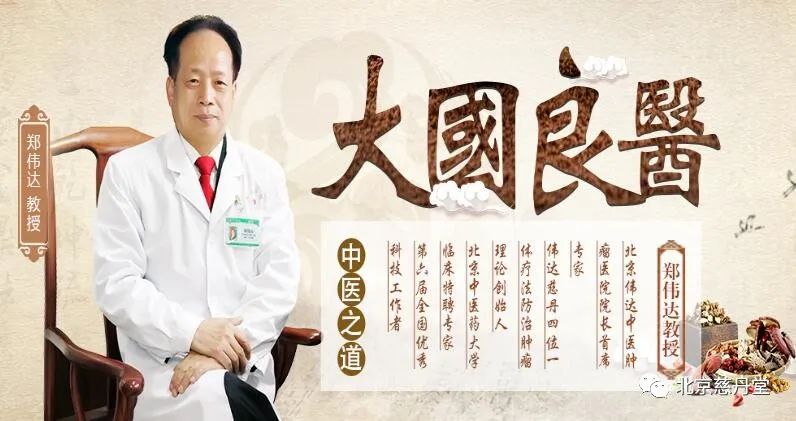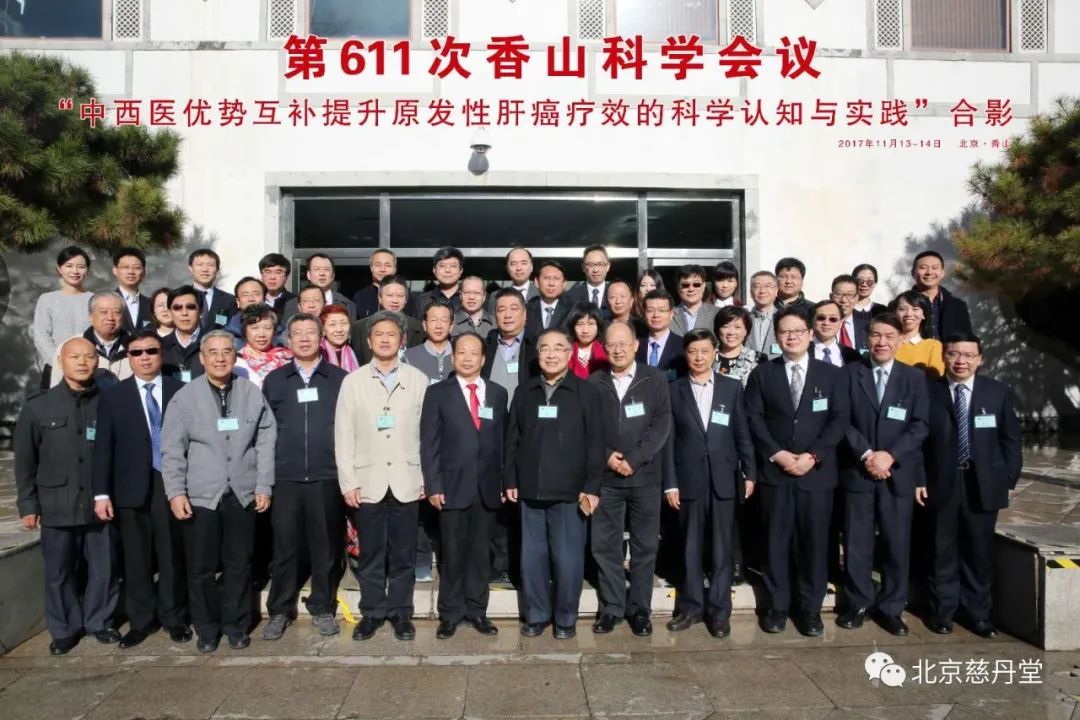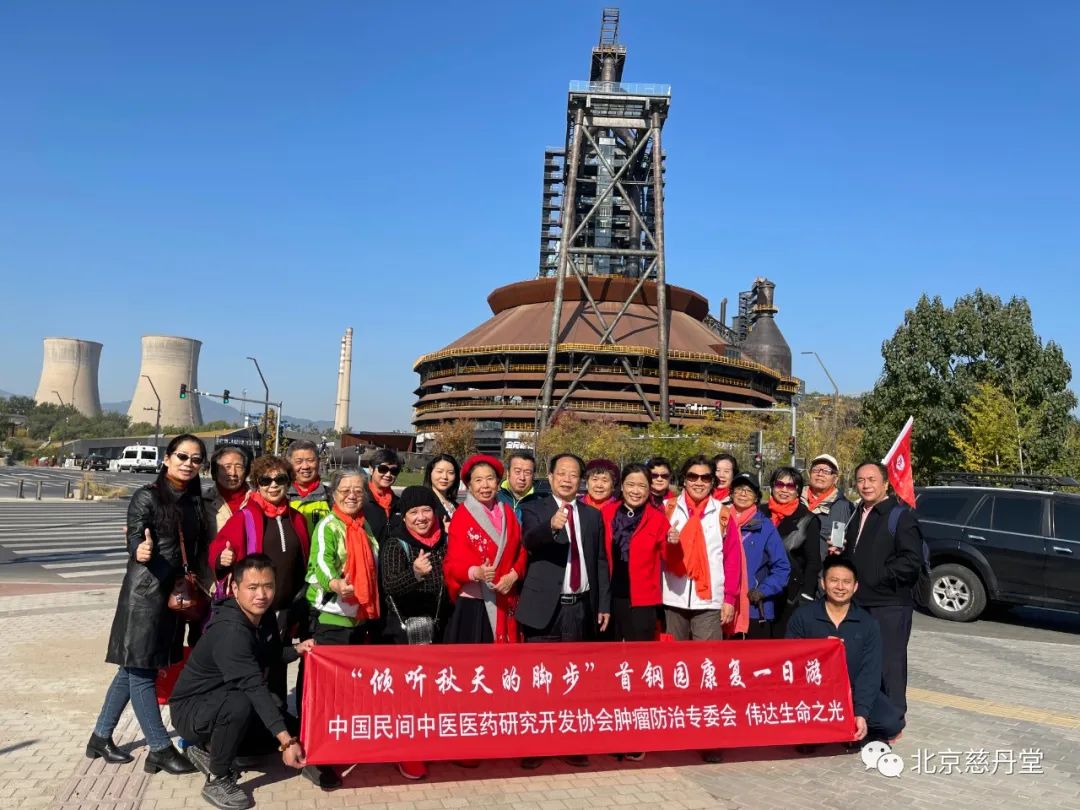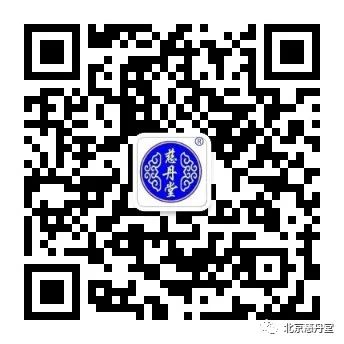
Professor Zheng Weida
 The Theory of Yin-Yang Balance
The Theory of Yin-Yang Balance
Beijing Cidantang


CIDANTANG:
Traditional Chinese Medicine (TCM) believes that all things possess Yin and Yang attributes, and there exist fundamental laws of mutual dependence, balance, and transformation between Yin and Yang. In summary, the structure, physiological functions, occurrence, development, and changes of diseases in the human body all revolve around the concept of “Yin and Yang”.
Therefore, when analyzing the etiology, pathology, symptoms, and diagnosis of tumors, we must firmly grasp the principles of Yin and Yang. Treatment must adhere to the major principle of adjusting Yin and Yang to discern the causes amidst complex symptoms, and to carefully differentiate; in treatment, we adopt the principle of addressing the root cause while also treating the symptoms, treating urgently when necessary and addressing the root cause when conditions allow. Correct treatment and counter-treatment, supporting the positive and expelling the negative, treating similar diseases together and different diseases similarly, supplementing and draining according to deficiency and excess, adapting to local conditions and individual patients, and combining syndrome differentiation with disease differentiation are essential for achieving good therapeutic effects.
The primary cause of cancer is the imbalance of Yin and Yang
The theory of Yin and Yang and the theory of the Five Elements are summaries and generalizations made by ancient people based on long-term observations and understanding of the natural world. They form a simple materialist and dialectical perspective. The “Liu Jing Fu Yi: Medical Changes” states: “The way of heaven and earth creates all things through the dual energies of Yin and Yang; the principles of life are sustained by the dual energies of Yin and Yang.” The theory of Yin and Yang posits that all things in the natural world (including the human body) can be classified according to their respective characteristics based on Yin and Yang attributes. The relationship between Yin and Yang can be summarized in terms of opposition and unity. Yin and Yang oppose each other, restrict each other, and mutually promote or diminish each other, which is a universal law in the processes of life and disease in nature and the human body. Although the balance of Yin and Yang is relative, the opposition and restriction are absolute; however, the human body must maintain this balance for certain purposes and needs. The ultimate task of the physician is to restore and stabilize this “balance” by all means to achieve health and prolong life.

The theory of Yin and Yang states: “Life is tangible and inseparable from Yin and Yang,” “When Yin is balanced, Yang is secret, and the spirit is treated,” “The essence of life is based on Yin and Yang.” This indicates that the life process of the human body is the result of the opposition, unity, and balanced coordination of the dual energies of Yin and Yang. If “Yin and Yang separate, the essence and energy will cease,” life comes to an end. If the dynamic balance between Yin and Yang is disrupted or if one side becomes excessively strong or deviates, it leads to the generation of pathogenic factors and toxins, forming tumors, which can develop into malignant tumors (cancer) over time. Therefore, TCM believes that the occurrence of diseases is closely related to the imbalance of Yin and Yang.

The main method for treating cancer should coordinate the balance of Yin and Yang
TCM holds that the coordination and balance of the dual energies of Yin and Yang are fundamental factors in maintaining normal life activities in the human body. Malignant tumors (cancer) are related to the imbalance of Yin and Yang. How can we achieve Yin-Yang balance? Qibo said: “The ancient people understood the laws of Yin and Yang, harmonized with the techniques of numbers, maintained moderation in diet and drink, and had regular daily routines, thus they could maintain both body and spirit and live out their natural lifespan.” In addition to mastering the aforementioned methods of self-cultivation to prevent the body from being harmed by pathogenic factors, treatment should focus on adjusting and restoring the balance of Yin and Yang. This is referred to as: “Carefully observe Yin and Yang and adjust them, aiming for balance.” According to the laws of opposition and restriction between Yin and Yang, for those with excessive Yin, Yang should be used to control Yin. For those with excessive Yang, Yin should be used to control Yang. For those with weakened Yin and Yang, Yang deficiency should be supplemented, and Yin deficiency should be supplemented. In summary, the fundamental principle of TCM in treating diseases is to reduce what is excessive and to supplement what is deficient. For those with excessive Yin and Yang, reduce the excess; for those with deficient Yin and Yang, supplement the deficiency. In this way, the dual energies of Yin and Yang can achieve relative balance.

According to the law of mutual transformation of Yin and Yang, Yin can transform into Yang, and Yang can transform into Yin. In nature, the seasons transition from autumn and winter to spring and summer, and then back from spring and summer to autumn and winter. In the disease process, Yang syndromes can transform into Yin syndromes, heat syndromes can transform into cold syndromes, and excess syndromes can transform into deficiency syndromes. These examples demonstrate that Yin and Yang can mutually transform during the disease process. Therefore, the theory of Yin-Yang balance states that cancer cells can also transform into normal cells, which is indeed a fact. Thus, any treatment method in clinical practice essentially aims to change or promote the direction of mutual transformation of Yin and Yang, steering it towards benefiting human health and alleviating the suffering of diseases.

-END-


Image | Cidantang
Layout | Cidantang
